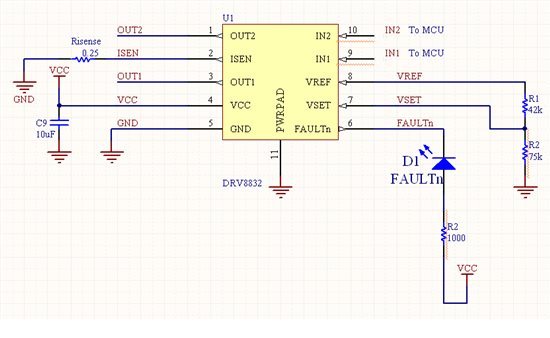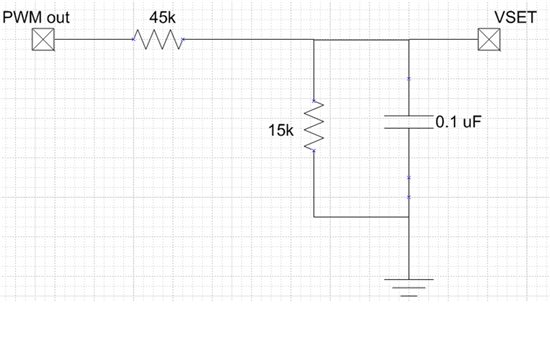Hi,
I have a request with DRV8832 motor drivers. Can someone publish a typical application (schematic) of DRV8832 motor driver for 3.3V DC motors?
I am working on a robot project where i would like to control dc motors with pulses with modulation (through MSP430 MCU).
Thanks,
Akos



